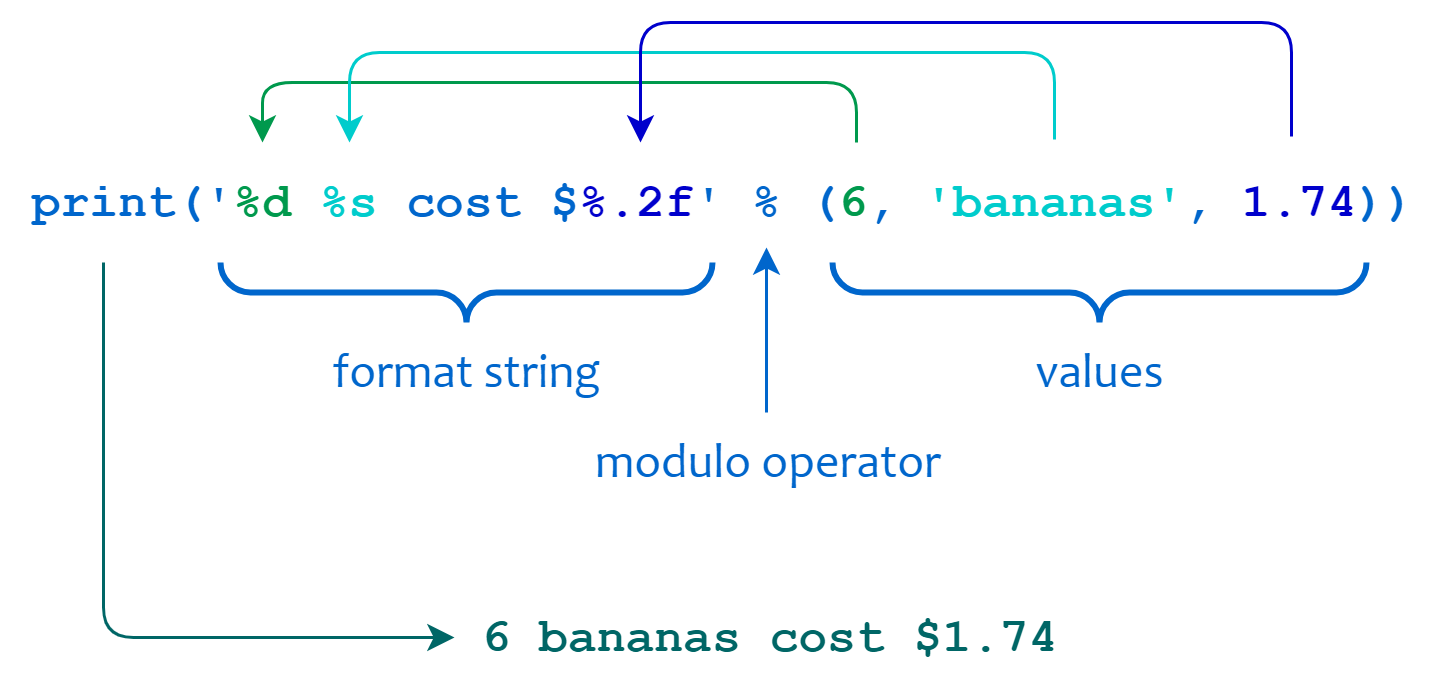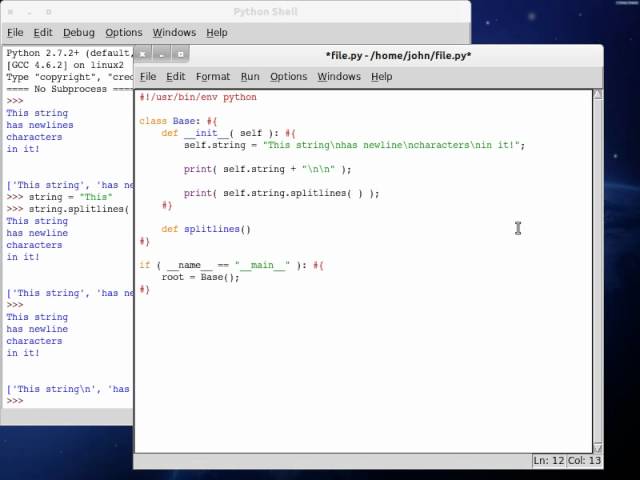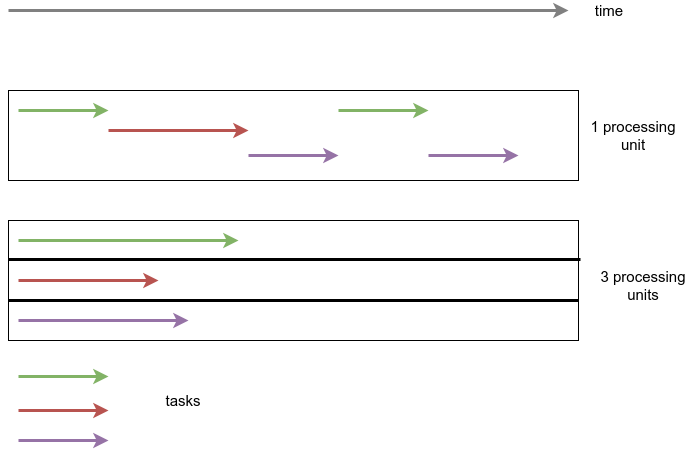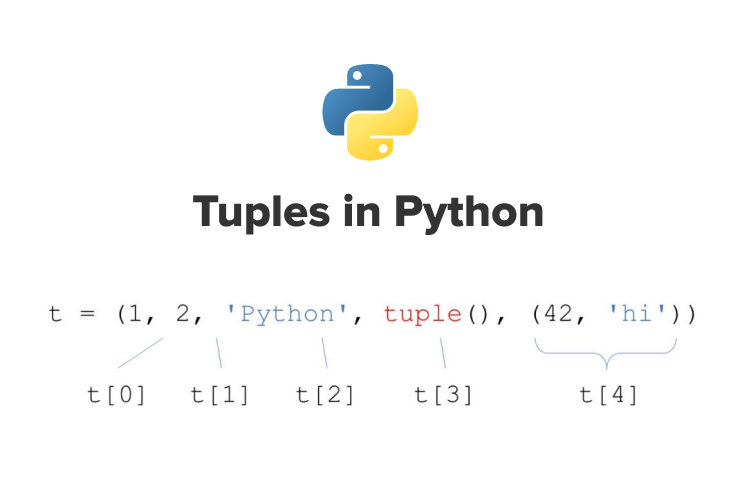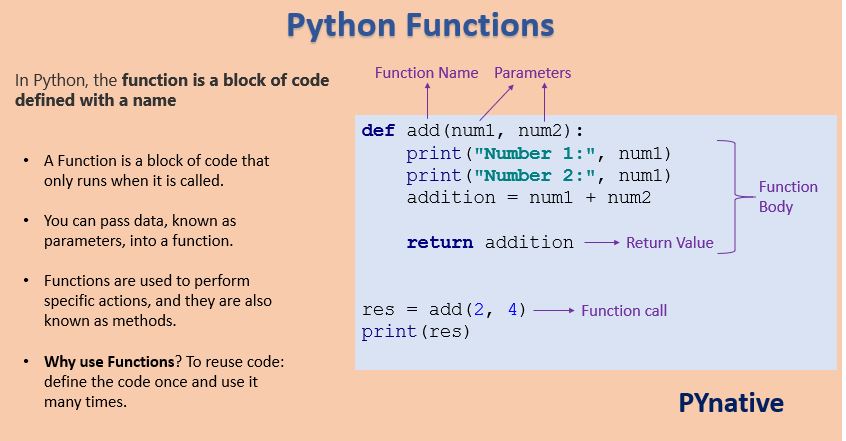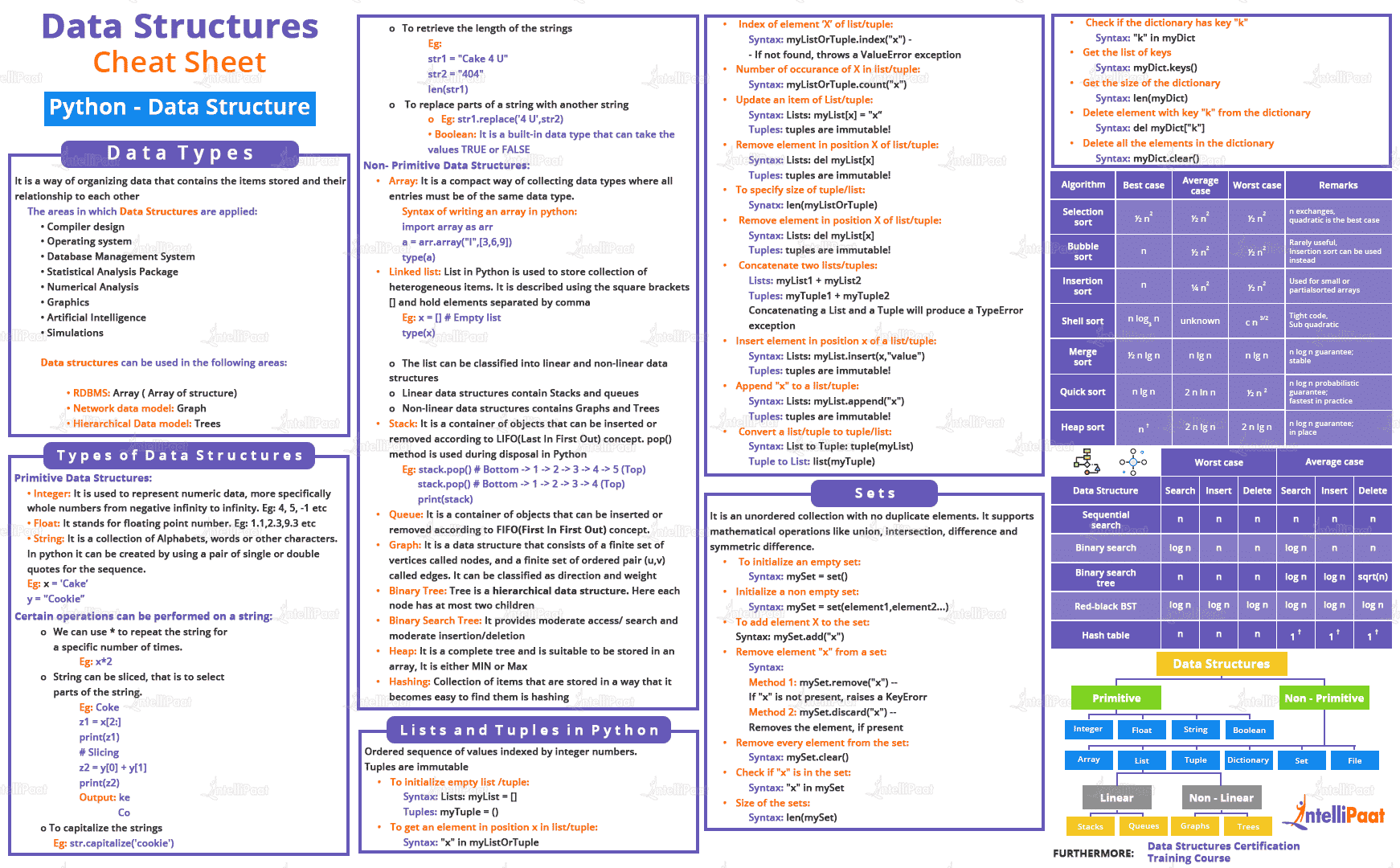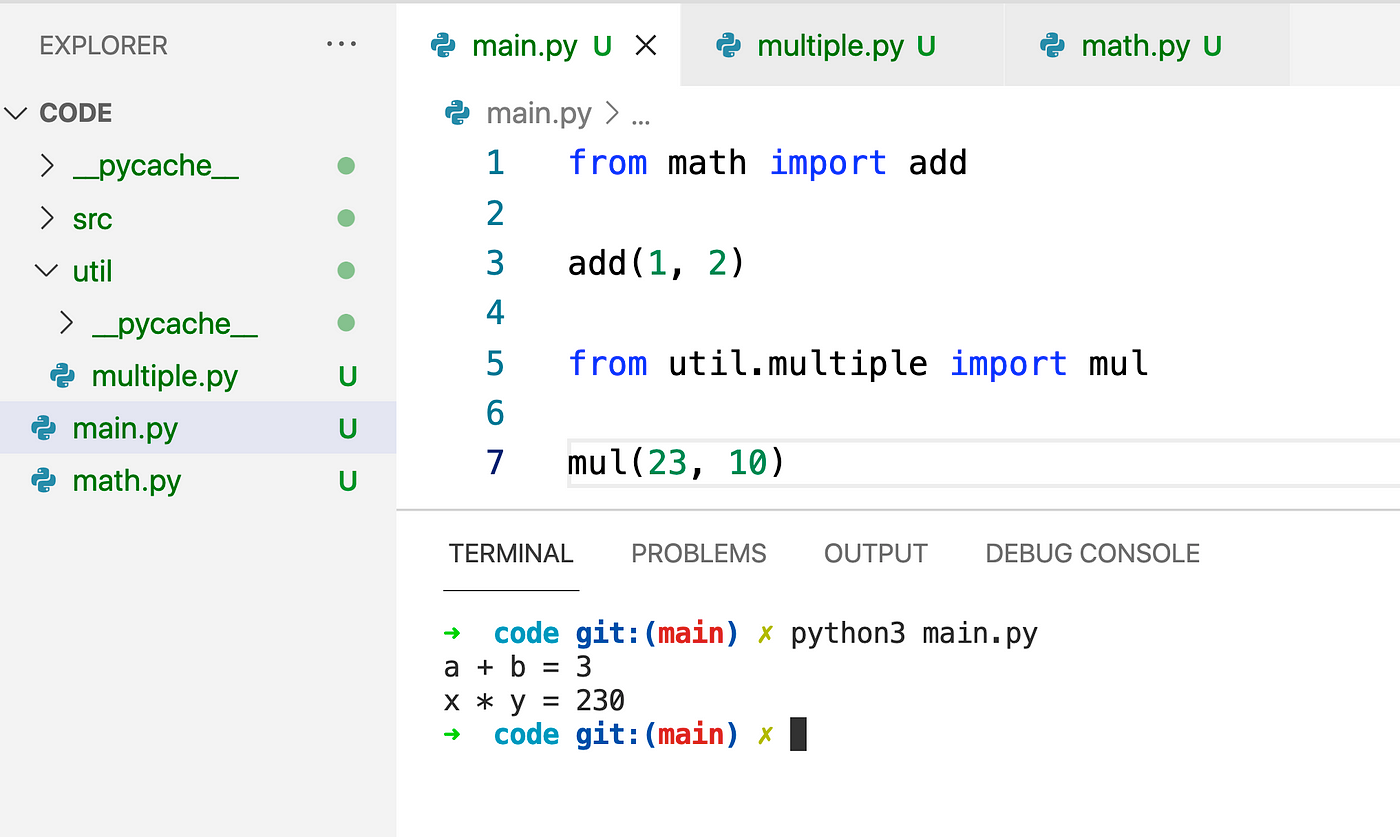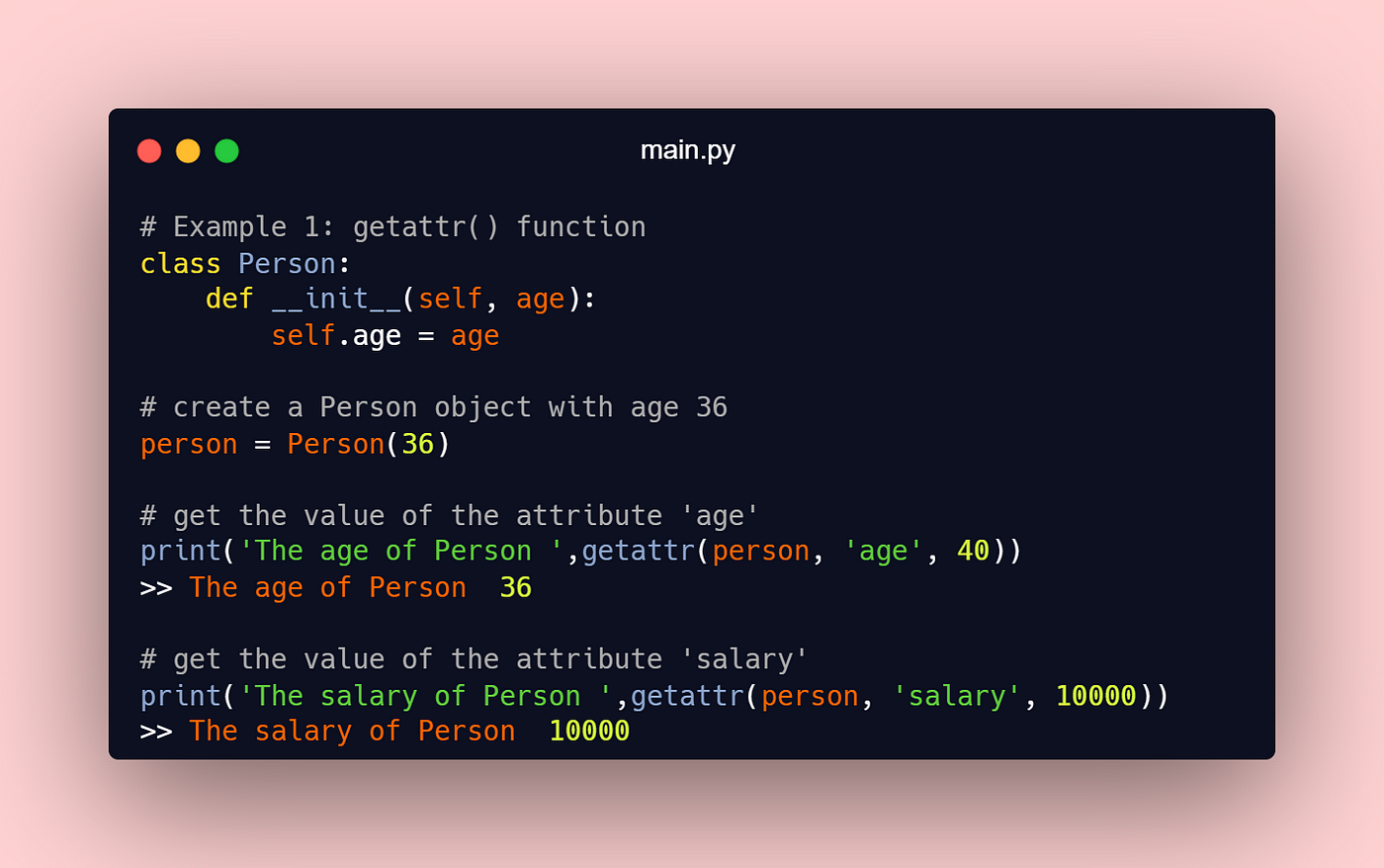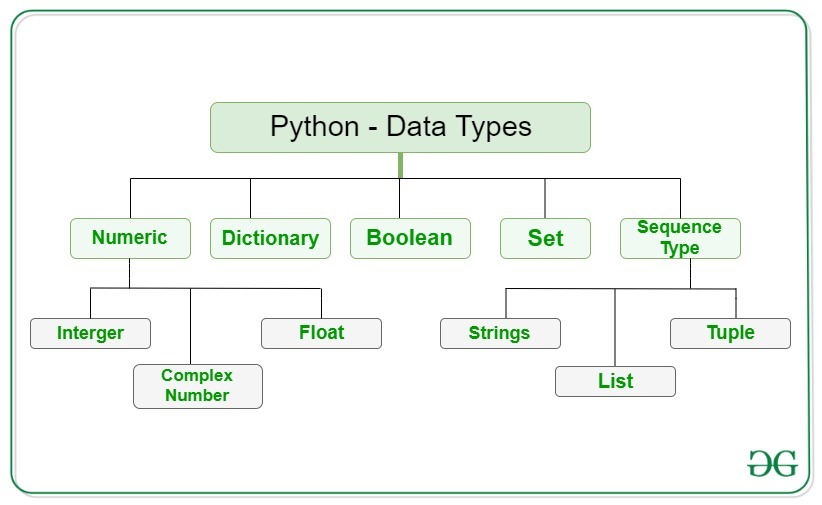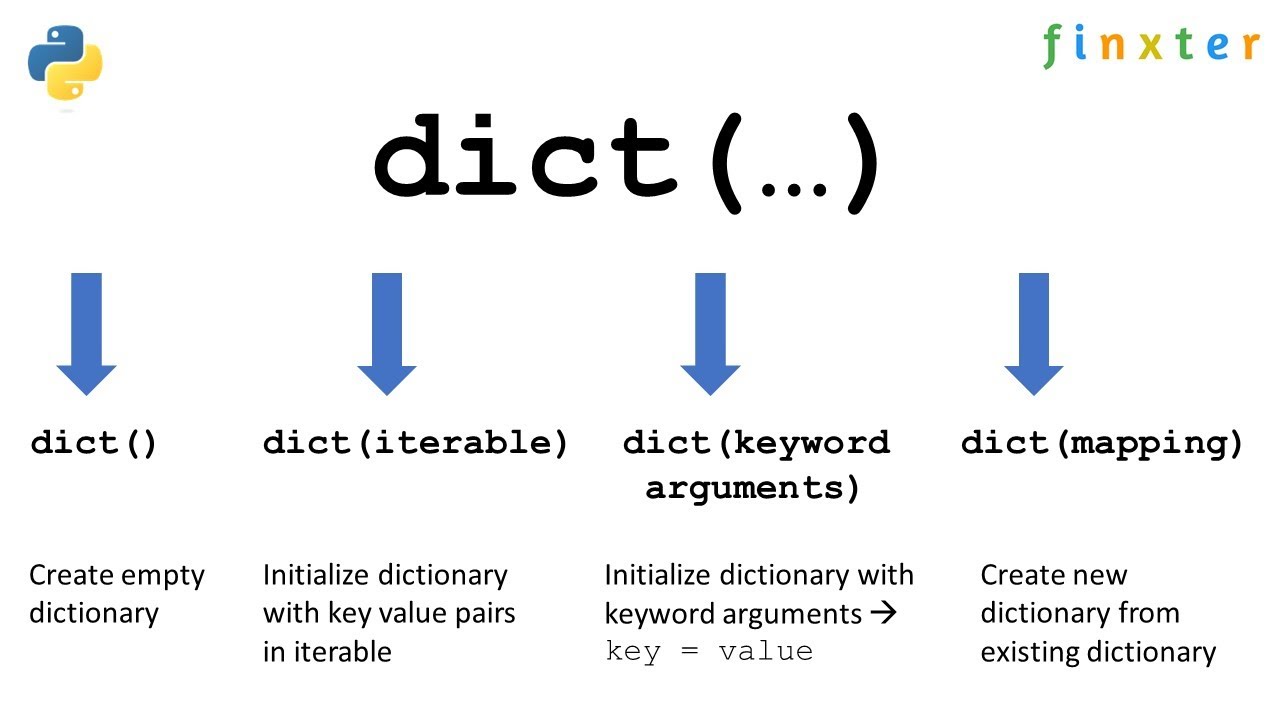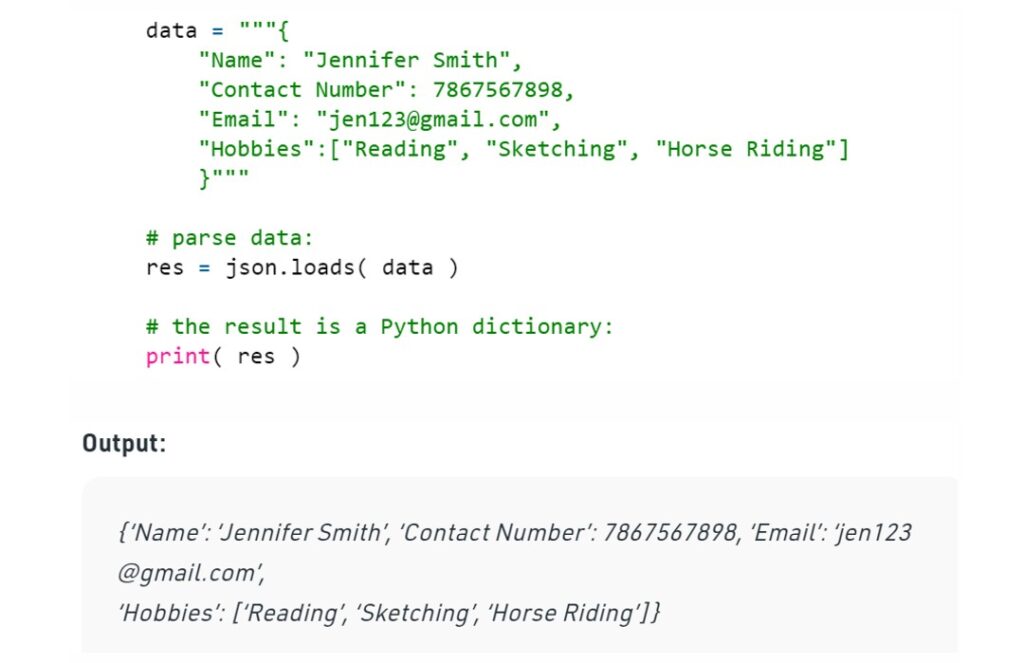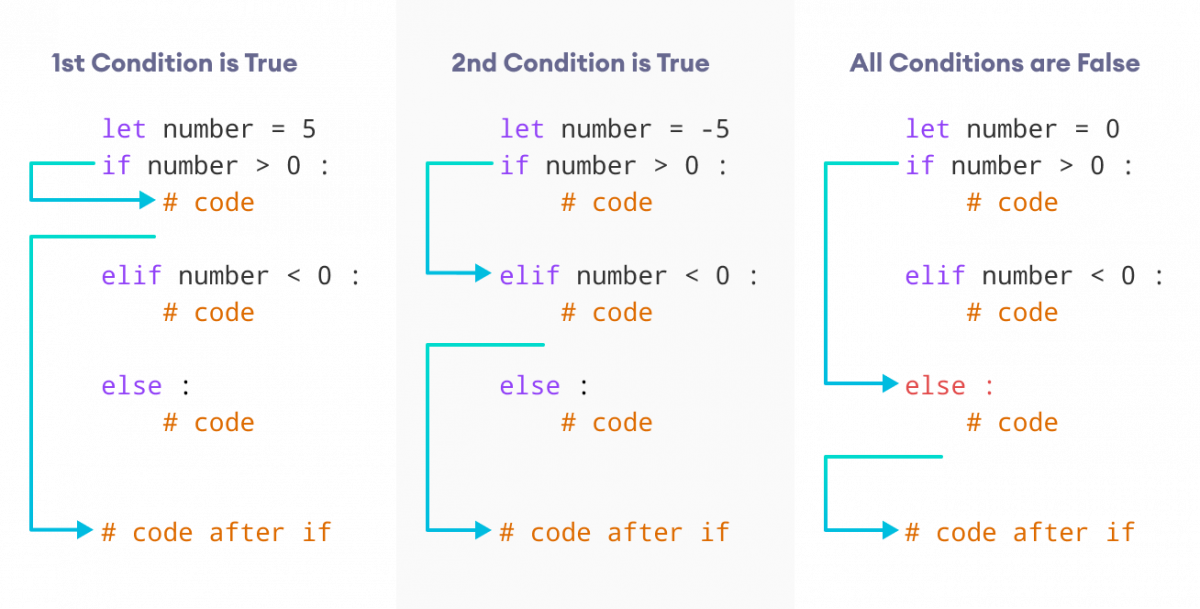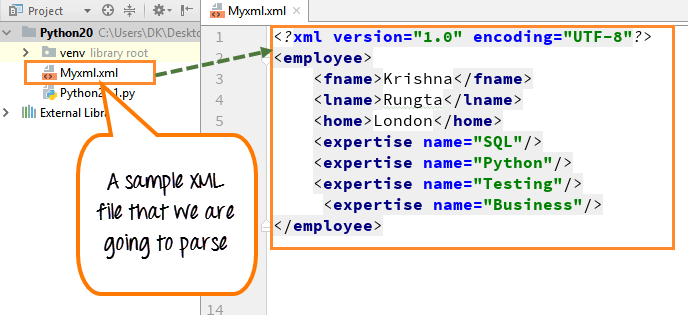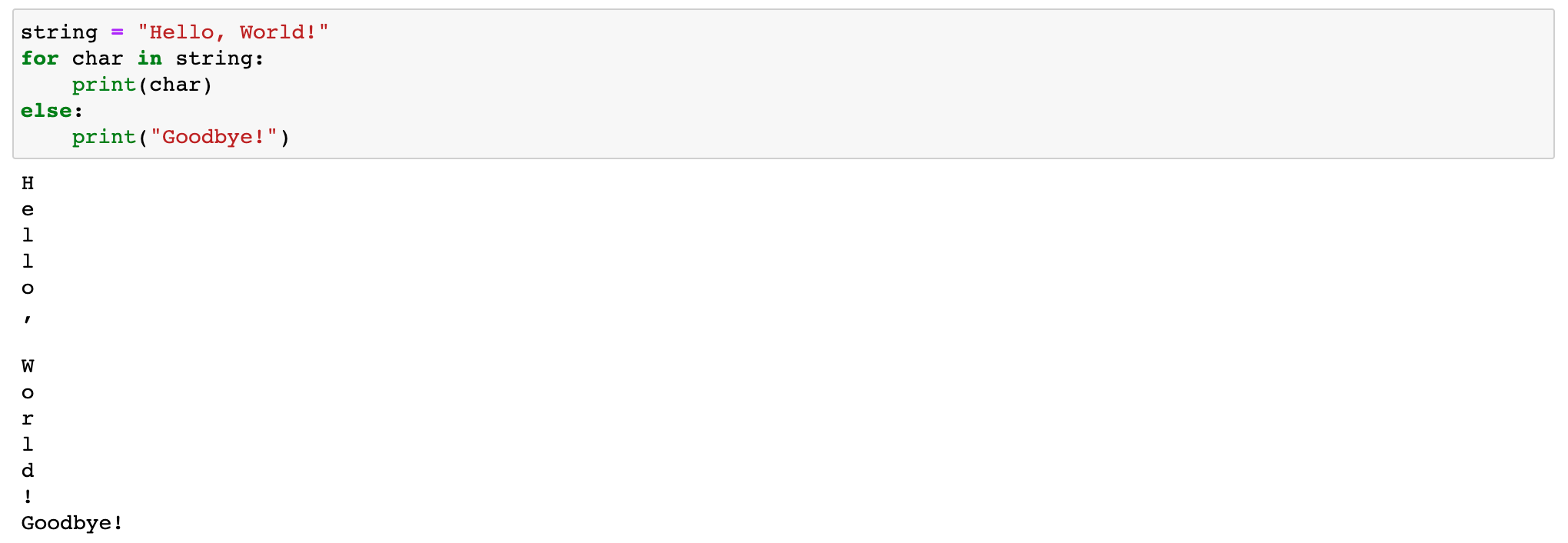Python dictionary get value by key
Python dictionary get value by key
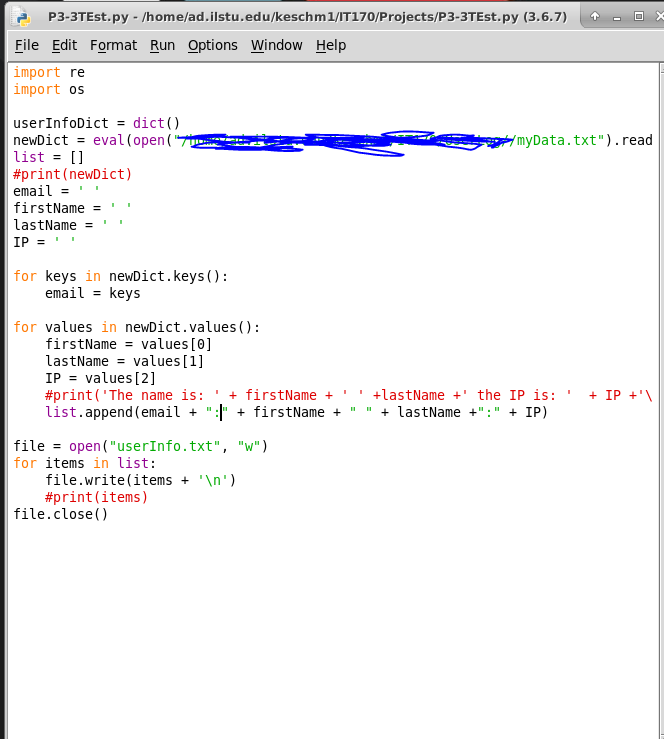
Here's an explanation on how to retrieve a value from a Python dictionary using its key.
In Python, dictionaries are implemented as hash tables, which means that you can use the keys of the dictionary to look up and retrieve specific values. This is achieved through the use of square bracket notation or the get() method.
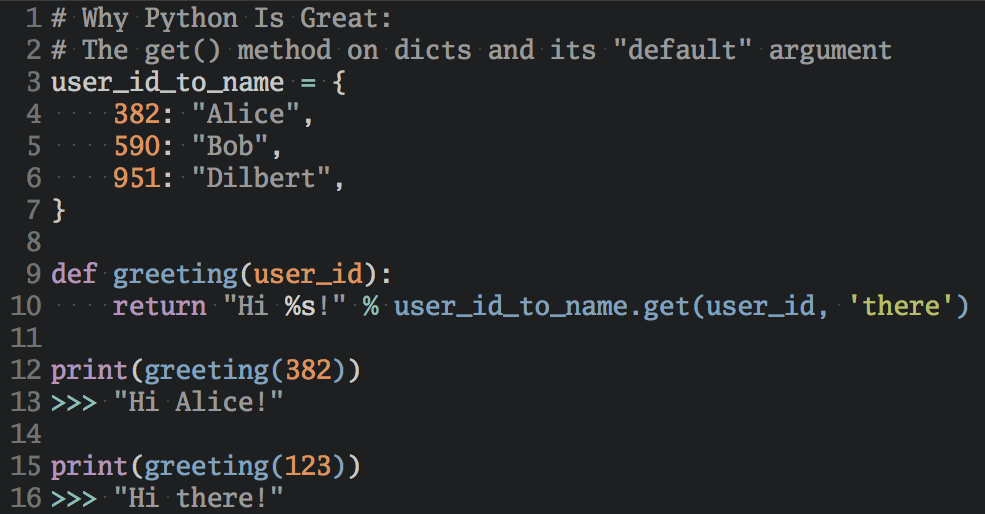
Square Bracket Notation
To access a value from a dictionary using its key, you simply need to pass the key enclosed within square brackets ([]) after the dictionary name. Here's an example:
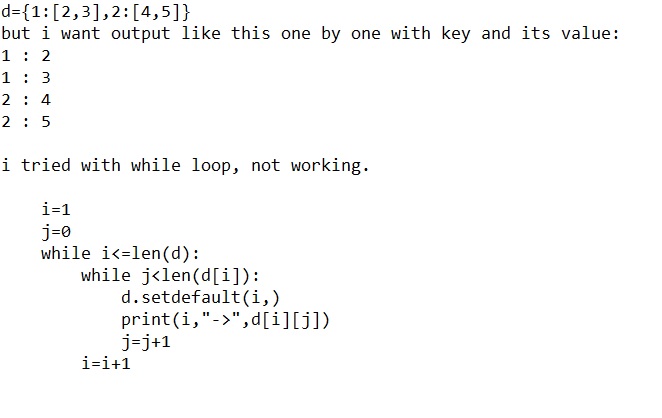
my_dict = {"name": "John", "age": 30}
print(my_dict["name"]) # Output: John
In this example, we're accessing the value associated with the key "name" from the my_dict dictionary.
The get() Method
Alternatively, you can use the get() method to retrieve a value from a dictionary. This method is useful when you want to provide a default value in case the requested key does not exist in the dictionary. Here's an example:
my_dict = {"name": "John", "age": 30}
print(my_dict.get("city")) # Output: None
In this example, we're trying to access the value associated with the non-existent key "city" from the my_dict dictionary. Since the key does not exist, the method returns None.
Key Not Found
When you try to retrieve a value using square bracket notation and the key is not found in the dictionary, Python will raise a KeyError. For example:
my_dict = {"name": "John", "age": 30}
print(my_dict["city"]) # Raises KeyError
In this case, you'll get an error message because the key "city" does not exist in the dictionary.
Tips and Tricks
Here are some additional tips and tricks to keep in mind when working with dictionaries in Python:
Make sure the key exists: Before trying to retrieve a value from a dictionary, make sure that the key actually exists in the dictionary. Useget() for default values: If you're unsure whether a key exists or not, consider using the get() method and providing a default value to return in case the key is not found. Check for None values: When retrieving values from dictionaries, be aware that any non-existent keys will return None. Use square brackets for simplicity: For simple cases where you know the key exists, using square bracket notation can be a convenient and straightforward way to access dictionary values.
In conclusion, Python dictionaries provide a powerful data structure for storing and retrieving data. By understanding how to retrieve values from dictionaries using keys, either through square bracket notation or the get() method, you'll be better equipped to work with Python's built-in data structures.
What is get vs in Python dict?
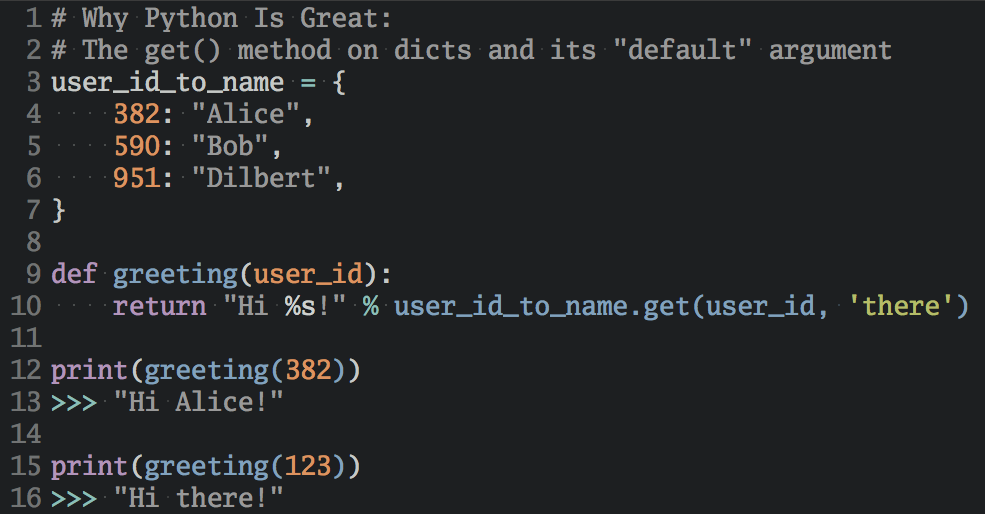
The age-old question of get vs in in Python dictionaries!
In Python, you can access a dictionary's key-value pairs using two primary methods: get() and in. While they seem similar at first glance, each has its own unique use cases and implications.
1. in - Membership Test
The in operator checks whether a given key is present in the dictionary or not. It returns a boolean value indicating the presence or absence of the key. Here's an example:
d = {'a': 1, 'b': 2}
if 'c' in d:
print("Key 'c' exists")
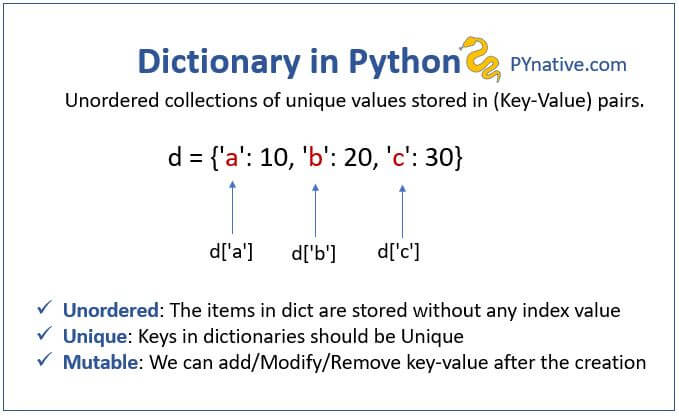
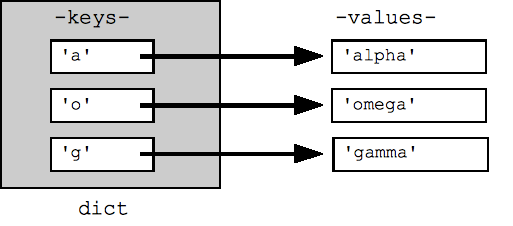
In this scenario, since 'c' is not present in d, the output would be "Key 'c' does not exist".
2. get() - Safe Dictionary Access
The get() method retrieves a value associated with a given key and returns it safely. If the key is not found, it returns a default value (which can be anything you want). This method helps prevent potential KeyError exceptions.
d = {'a': 1, 'b': 2}
print(d.get('c', "Not Found")) # Output: "Not Found"
In this example, since 'c' is not present in d, the output would be "Not Found" (the default value).
Key differences
in returns a boolean indicating presence or absence of the key. get() returns the associated value (or a default) and does not throw an error if the key is missing.
When to use each?
Usein when: You need to check whether a key exists in the dictionary without actually accessing its value. You want to perform set operations (e.g., checking membership, finding intersections) on dictionaries. Use get() when: You want to safely access a key-value pair without worrying about KeyError exceptions. You need to provide a default value when the key is not found in the dictionary.
In conclusion, in and get() are two distinct methods for working with Python dictionaries. While they may seem similar at first glance, each serves a specific purpose and should be used accordingly. Mastering these techniques will help you write more robust and efficient code.


